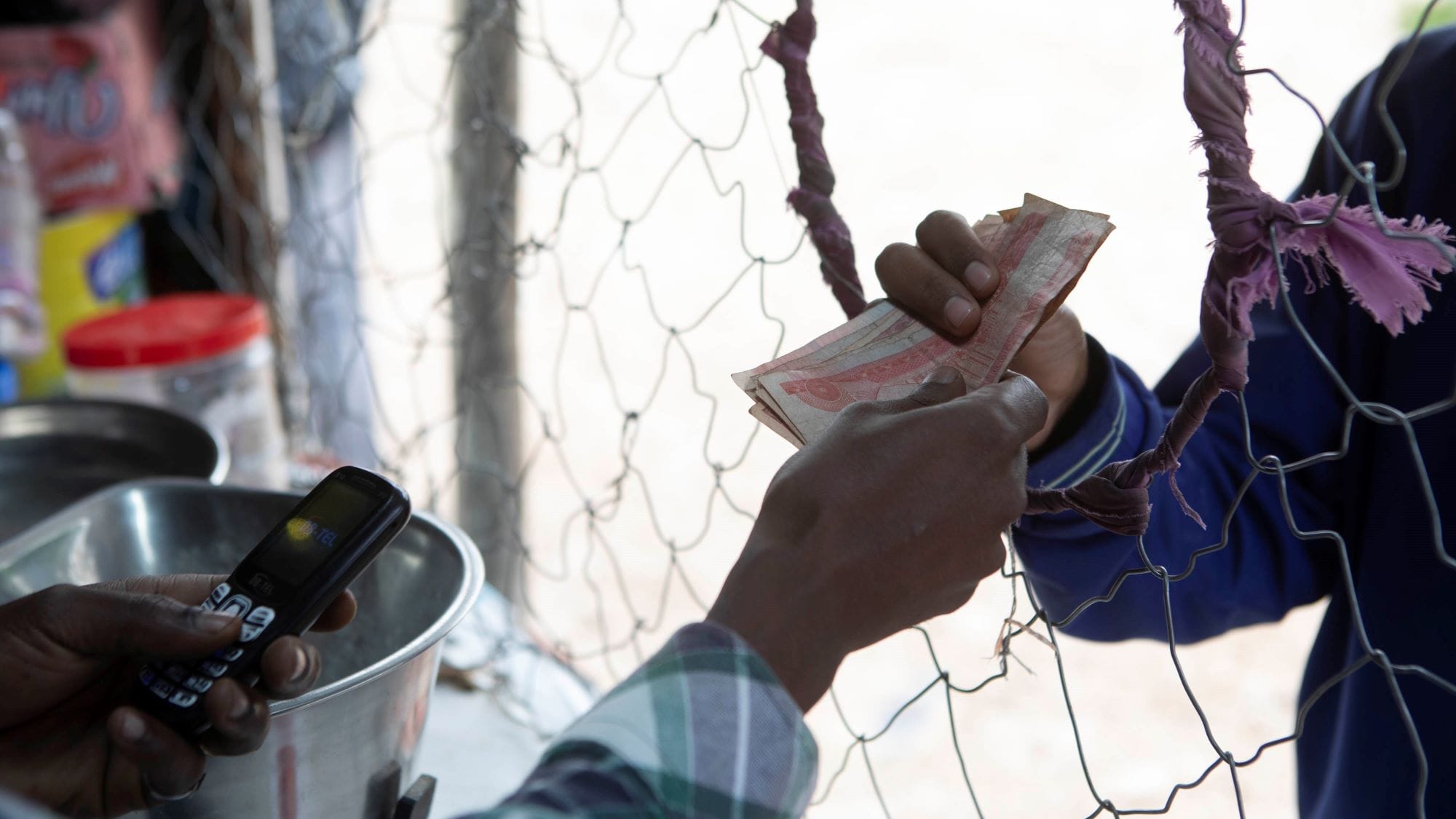In the past two decades, the world's information grid has expanded massively. Digital signals are all around us. In developed markets, many of these digital exchanges involve electronic payments, but most people in developing countries are still stuck moving paper. Financial transactions lie at the heart of doing commerce, selling goods and services, managing a business, and taking care of one's family. Making these transactions safer, cheaper, and more convenient should be on the development agenda of every developing country. Yet building a digital payments fabric linking all citizens and businesses in a country is rarely a development priority, in part because the benefits are intangible and diverse.
To put a spotlight on the importance of effective retail payments, the first step is laying out a vision: we subscribe to the term inclusive cash-lite. Inclusive cash-lite is not necessarily a cashless world, but a world where cash is increasingly relegated to the 'edge' of the electronic grid, and used predominantly within local communities for small, face-to-face payments. In a cash-lite world, physical and digital money compete, each finding its own niche applications, with a gradual diminution in the role of physical cash over time. The logical transition toward a cash-lite world starts with people transporting less cash, then storing less cash, and finally using less (or no) cash in daily payments and transactions.
Benefits Of A Cash-Lite World
Closing the digital payments divide between developed and developing countries and between rich and poor people may well become a cornerstone of the 21st century approach to economic growth and poverty reduction. Freedom from physical cash helps business innovation, increases people's control over their lives, and can support governments' efforts to fight crime and corruption by letting people and businesses transact more safely and cheaply across a much broader geography and across payment platforms.

Access to electronic payments can be a driver for business innovation. Bundling electronic payments information and software creates opportunities for businesses to streamline and automate processes relating to procurement, dispatch, inventory management, and payment collections. Being able to centrally initiate and control all payments electronically substantially reduces barriers to entrepreneurship by reducing the risk of fraud and theft to which entrepreneurs are exposed through interactions with employees, agents, and customers alike. Entrepreneurs might also have greater access to credit through credit scoring based on transactional histories.
Access to digital money can also increase people's control over their financial lives. The ability to make electronic payments instantly and conveniently may lead to more efficient risk sharing among family members and social networks. It opens up a range of formal financial services they can use for investment or risk management purposes. Electronic payments also bring a much higher level of privacy over financial matters, which may increase a household's incentives to accumulate more savings (with less social pressure to share it) and may help women to gain a greater degree of financial security and independence from the men that control their households.
Finally, the spread of digital money can also bolster the effectiveness of government and the rule of law by helping fight crime and corruption. The prevalence of cash is as much a problem for law enforcement as it is for financial inclusion: criminals can operate much more easily in a cash-based economy. Digitising transactions and making cash suspect is a good way of increasing costs for criminal operations as well as increasing the chances of their detection. And since government is generally the largest micropayer (of salaries, pensions, and social welfare payments, for example) and collector (taxes) in each country, it stands to gain substantially from a cheap, transparent electronic payment platform with adequate traceability of payments.
The Way Forward
Achieving an inclusive cash-lite world may take time, but it need not take forever. By clarifying the objective and by creating a roadmap to get there, we can ease the concerns associated with departing from cash and smooth the path forward. When financial sector policy makers show clarity of vision and purpose in this area, inertia and the clutter of vested interests can be overcome.

Moving from cash to digital money has been an inexorable if slow trend in developed countries, but it has been hampered in developing countries by the lack of penetration of banking institutions, by regulatory rigidities, and by the paucity and high cost of communications networks. An estimated 70 percent of the population in developing countries is untouched by the formal financial system. In many regions of the developing world, the gap in access to finance is starker than the gap in access to primary health, education, and clean water.
With the spread of mobile networks, we can now address these issues and transform the financial opportunities faced by businesses and households in developing countries. The commercial success of Safaricom's M-Pesa mobile payment service in Kenya, which penetrated into the majority of the adult population in just three to four years, has shown that there is pent-up demand for convenient electronic payments even among the poor. Yet the state of electronic payment systems in most developing countries is akin to the state of the electrical grid a century ago: fragmented, reaching only the wealthier third or so of society, and unreliable.
To harness the power of the grid in developing countries where typical balances and transactions are very small, we will need to think differently about payment regulation and business models. Despite the many obvious advantages of digital money, it has to be at least as good as cash in two key areas: convenience and trust. A sufficiently broad base of electronic devices is needed for people to operate and access information about their accounts, quickly and conveniently. Marketing must be fair and not misleading. People must feel fairly treated and have their privacy respected by the financial institutions that manage their accounts. And the regulatory and supervisory frameworks over financial institutions and their electronic platforms must give people confidence that their money is safe and their claims to it will be honored.
Most people who are new to such a system will want to maintain a foot in each payment world: the physical cash world they have learned to live with and the digital cash world that opens new opportunities to them. It will take time for people to become familiar with and entirely trusting of the new payment grid. Bridges will need to be built to create backward compatibility between these two monetary worlds, in the shape of a network of cash merchants willing and able to accept cash for electronic value and vice versa for a reasonable commission.
Building an inclusive cash-lite system requires both scale (to maximise network effects and minimise unit costs) and granularity (offering convenient services to/in every community). While the full vision may take a long time to realise, it will be important to get sufficient traction with customers early on to sustain the investments in marketing and technology roll-out required to achieve both scale and granularity. A range of players — banks, telecom companies, distributors, and regulators—will have to work together to create an interoperable digital payments grid.
This inclusive cash-lite vision is now within the grasp of many countries for the first time. When the history of development in the 21st century is written, it is likely to feature prominently those countries that have made the transition and gone cash-lite.





